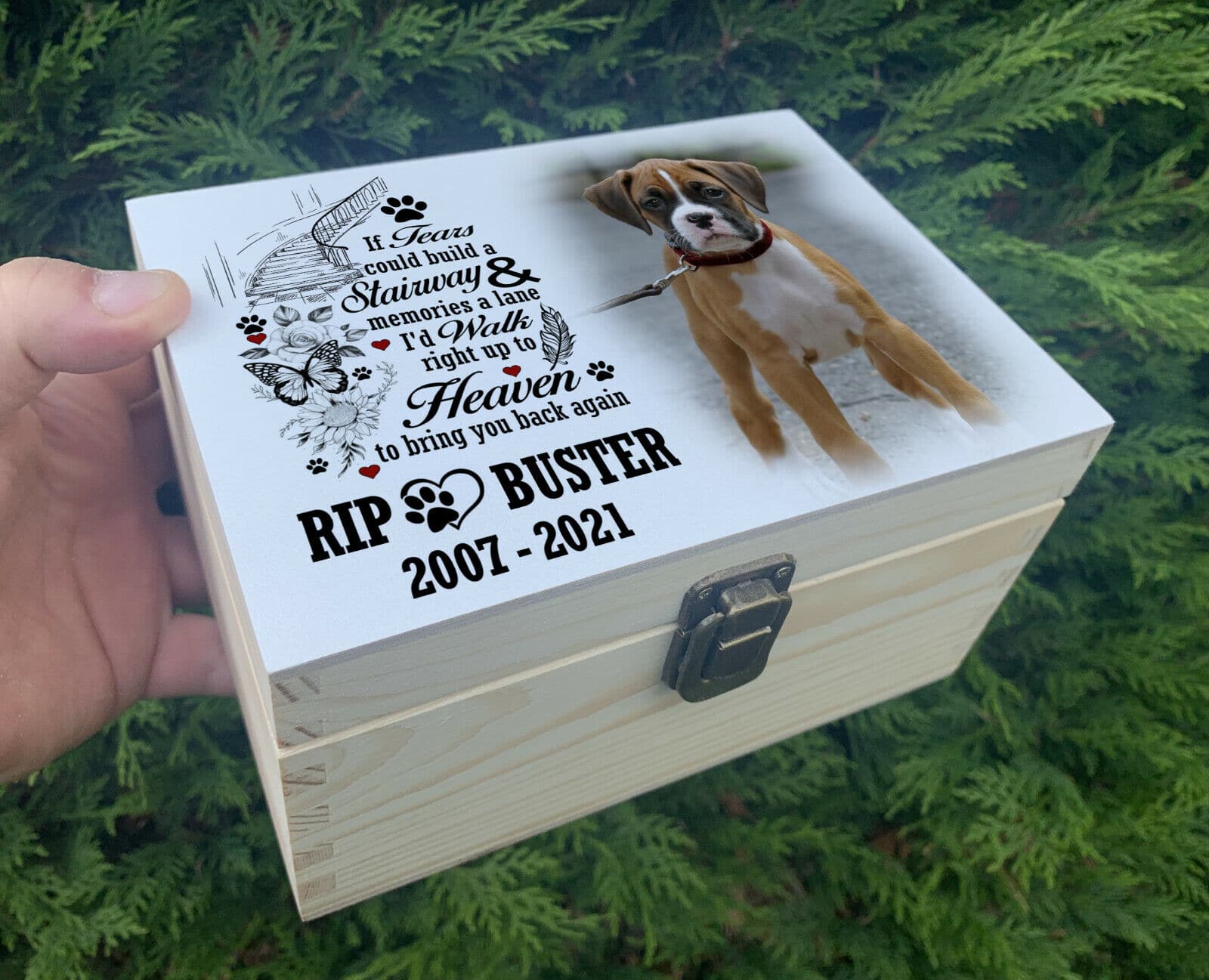Understanding Pet Cremation: Its Importance, Industry, and Technologies
What is Pet Cremation?
Pet cremation, fundamentally, is the process of reducing a pet’s body to its basic elements through high heat and evaporation. The resulting material, commonly referred to as ashes or cremains, represents the physical remains of a pet that can be kept or scattered according to the pet owner’s wishes. There are two main types of pet cremation: individual and communal.
Individual cremation, also known as private cremation, ensures that the pet is cremated alone, and the ashes returned are solely those of the pet. On the other hand, communal or mass cremation involves cremating multiple pets together, where the ashes are usually not returned to the owner but instead scattered or buried by the cremation service.
Why is Pet Cremation Important?
As we all know, pets are not just animals; they are cherished members of our families who provide companionship, love, and comfort. Consequently, their passing often leads to profound grief, similar to losing a human family member. Pet cremation is important for several reasons.
Firstly, it allows for an eco-friendly and hygienic way of handling the remains of our pets. In many urban and suburban areas where yard space may be limited or regulations may prohibit home burial, cremation offers a viable solution.
Secondly, pet cremation provides a means to keep a physical reminder of our beloved pets. The ashes can be placed in a specially made urn, transformed into jewellery, or incorporated into other keepsakes. For many, this acts as a comforting symbol of remembrance.
Lastly, it offers closure and a certain degree of control to the grieving pet owner. The process of planning a pet’s cremation, selecting an urn or a keepsake, can be a part of the grieving and healing process.

The Pet Cremation Industry
The pet cremation industry has grown significantly over the past decade, reflecting our society’s evolving attitudes towards pets and pet loss. This growth is driven by factors such as the increasing pet population, the humanization of pets, and an increasing preference for cremation over burial.
There is a range of service providers within this industry, from veterinarians who offer cremation as a part of their services, to pet funeral homes that provide more comprehensive services such as grief counselling, memorialization products, and even memorial services.
Given the sensitive nature of these services, transparency and integrity are paramount. Reputable providers should follow strict procedures to ensure the correct identification of pets and the return of the correct ashes to the pet owner. Industry associations such as the International Association of Pet Cemeteries and Crematories (IAOPCC) and the Pet Loss Professionals Alliance (PLPA) offer accreditation programs that set forth standards and ethics for pet crematories.
Technologies in Pet Cremation
Technology plays a critical role in both modern and traditional pet cremation methods, facilitating a respectful and efficient process
- Traditional Cremation: Thermal Cremation
Thermal cremation is the most common form of pet cremation. This process involves the use of a specially designed cremation chamber. The pet cremator is heated to a high temperature, typically between 750 and 950°C, effectively reducing the pet’s body to bone fragments and gases through a process of vaporization and oxidation.
Thermal cremation technology has significantly advanced over the years to increase efficiency and reduce environmental impact. Modern cremation chambers are designed with sophisticated control systems to regulate temperature and emissions. They are also equipped with secondary combustion chambers, to ensure complete combustion and minimize the release of particulates and pollutants into the atmosphere.
- Alkaline Hydrolysis
Alkaline hydrolysis, also known as water-based cremation or aquamation, is a relatively new technology in the pet cremation industry. This process uses a solution of water and potassium hydroxide or sodium hydroxide, heated under in some types under pressure, to decompose the pet’s body to its basic elements. Alkaline hydrolysis is considered a greener alternative to traditional cremation as it uses less energy and produces less emissions.
- Tracking Systems
There is also an increasing trend in the use of software and online platforms to allow pet owners to track the status of their pet’s cremation. This not only offers assurance to the pet owners, but also facilitates better communication and transparency between the cremation service providers and pet owners.
In conclusion, pet cremation provides a respectful, dignified way of saying goodbye to our beloved pets. It’s a growing industry that, with the help of technology, continues to provide peace of mind and comfort to grieving pet owners. As we continue to recognize the vital role pets play in our lives, the importance of services like pet cremation will only continue to grow.
